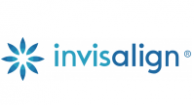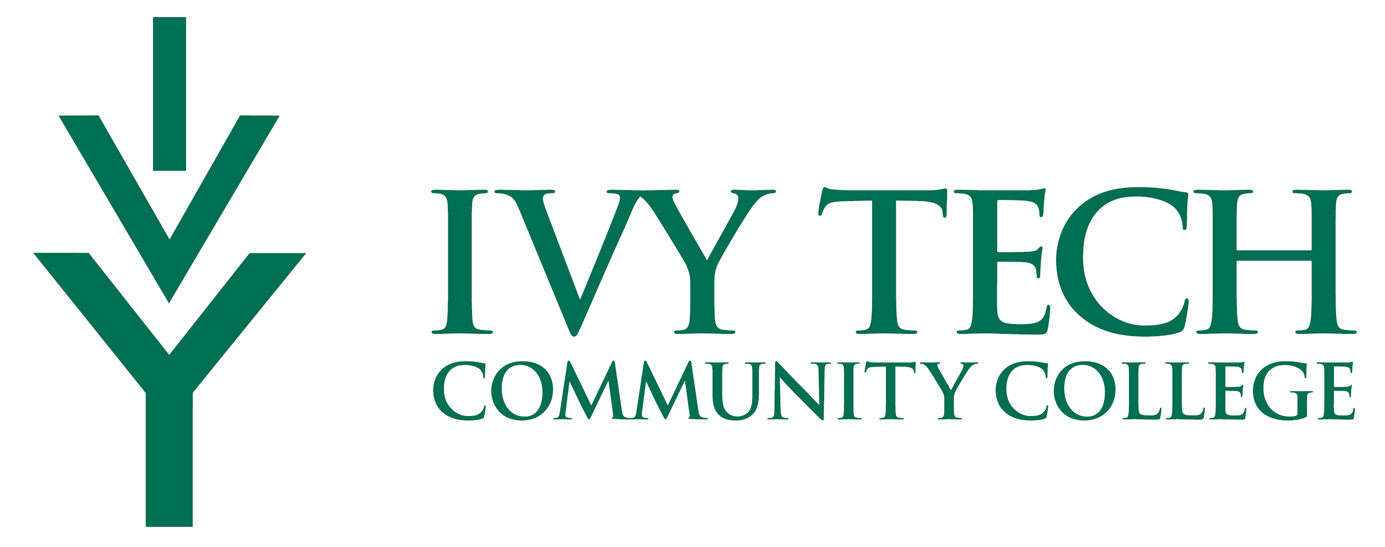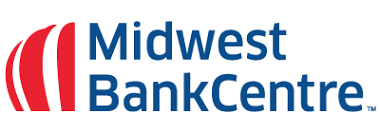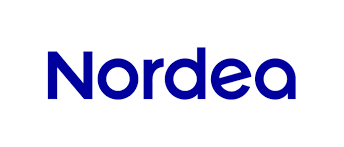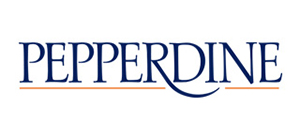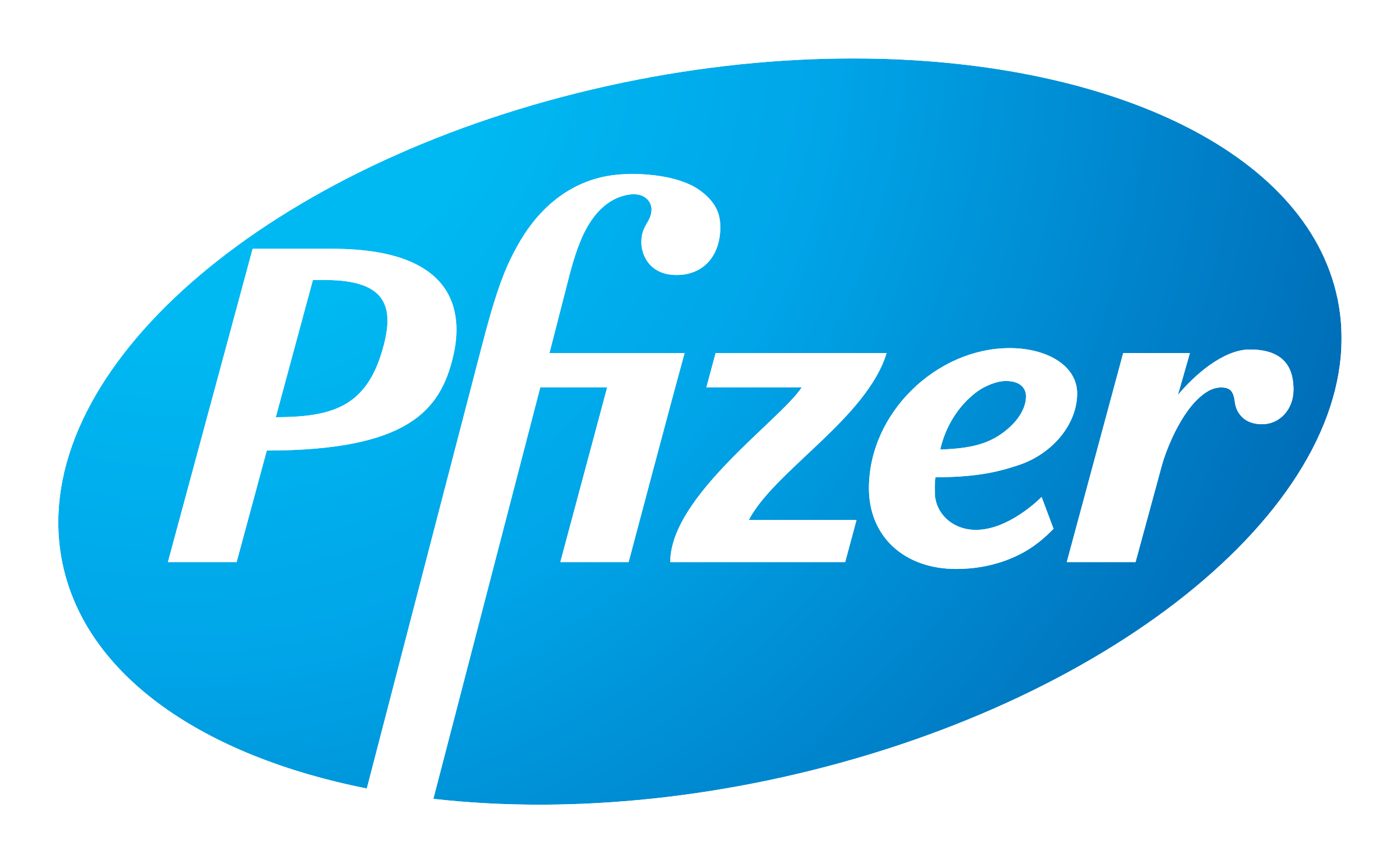Executives Can Be Taught To see, Appreciate, And Leverage Cognitive Diversity To Stretch The Capabilities Of Their Teams.

In an interview with Dr. Thomas Hellwig, Adjunct Professor for Organizational Behaviour at INSEAD, we learned how he utilizes the Basadur Profile to teach executives how to identify common styles of thinking during innovative or collaborative processes.
One objective of Dr. Hellwig’s workshops is to help leaders guide their teams in understanding and leveraging different combinations of thinking styles (Generator, Conceptualizer, Optimizer, Implementor).
Q1: How does your program start?
TH: In most programs, we assign each executive to complete the Basadur Profile as ‘homework’ prior to meeting; individual profiles are available immediately. The group results are compiled and mapped as a visual representation of the four thinking styles.
During the program, we use the completed map of the executive “team” to bring forth a discussion on the unique aspects of each individual style and how they interact with one another. It also shows certain preferences of teams, cohorts, or companies. I involve the executives not only in reviewing the results and group preferences but to help me come up with explanations for the underlying reasons.
Q2: What is the reaction to this mapped set of profiles?
TH: Our executives typically ask:
So what?
How can I use this?
And why does it matter to me and my organization?
Q3: How do you provide value to the executives and their businesses in relation to the Profile and its results?
TH: Through taking the profile, participants often would discern that their team, their department, or their company can somehow be distorted to a preferred way of thinking and this could ultimately lead to a blind spot in business applications.
Students of this program also appreciated the fact that modes or styles can change whereas personality preferences typically do not change for people.
Finally, participants realized that regardless of an individual’s preferred style of thinking, an entire team could adapt to the most applicable cognitive style depending on the business situation they were facing.

Sample Profile Debrief Page
Q4: Once you have discussed the executive team’s map, how do you prepare them for what their own team might look like?
TH: Several Basadur Profile maps are presented to the executives of real-life teams, or scatter diagrams, to discuss inherent challenges or opportunities that might exist. We chose the real-team maps with some anonymous additional information about the team, as “mini-cases”, and tailor-made to the profile of the team or company with whom we work. The executives review these real-life team challenges and come up with a solution for actions.
As the last step, we explore to what level they see similarities in these “mini-case studies”. Surprisingly, this “matching” triggers not only insights but also concrete action to take away. In most programs we offer the leaders to run a workshop with their own team after having taken the Basadur Profile. This commercial gesture has triggered many more business opportunities.
Q5: How do you use the different cognitive styles to provide a learning opportunity regarding team diversity and innovation?
TH: We stress to the executives that employees shouldn’t be coddled to always stay within their own cognitive style.
The profile should help executives convey to their teams that to be truly successful and innovative, all team members must be able to embrace not only their own cognitively diverse capabilities but the different preferences of others.
Regardless of how a team might map, executives can utilize the profile to help their teams realize that diversity is a tremendous asset and instrumental for team success.
Q6: Why do you think the Profile is typically well-received by executive session participants?
TH: I think the reflection on how to leverage cognitive diversity better is very relevant for many leaders and teams. The aspect of cognitive diversity is different from the diversity of gender and ethnicity which is so present and almost overused in organizations and in research. It is not about questioning the importance of gender and ethnic diversity but rather on adding an additional dimension with relevance valued by many executives.
In my opinion, the simplicity of the use of the Basadur profile and the playful and interactive way I apply the concept can contribute to the positive reception.
Q7: What would be your concluding points?
TH: When implemented properly, the Basadur Profile can change how individuals work with one another, creating an appreciation and empathy for different styles of thinking.
Having a leader who is willing to challenge everyone’s level of comfort will succeed. Leadership isn’t about going with what is pleasing, it’s about positively motivating your employees to push their boundaries and excel in ways they perhaps thought weren’t possible.
This includes thinking in a way you are not normally comfortable with.
Executives must use each of the thinking styles to expand cognitive diversity within their teams resulting in new possibilities and opportunities for the organization. We encourage business leaders to adapt their problem-solving approach to the problem or challenge they face and not the individuals or teams’ preference. This is where the real value can emerge.
In addition, we have tested this in team workshops, getting teams to work on their own business challenges. We have them form subgroups with different profiles and get them to first reflect on which approach to use before attacking the business problem.
Want to learn how to leverage your own or your team’s ability to innovate?
Try the Basadur Profile to see your preferred innovative thinking style.
Take the profile to learn your own style and begin to see the power of mapping out your entire team. TAKE THE PROFILE
Schedule a Profile Debrief for your team. Upon completion of a team profile map, we offer sessions that help leaders, & their teams, develop an experiential understanding of each other and the power that already exists to stimulate greater innovation in any team and organization. SCHEDULE A DeBRIEF
Learn how to run a debrief session for your clients or organization. We have developed a turnkey Profile Debrief workshop that any coach, consultant or team leader can deliver to their clients and/or internal organizations. SCHEDULE A PROFILE CERTIFICATION TRAINING.
Ready To Drive Change?
You’re an innovator. You just don’t know it yet. Let us show you how.
Understand your individual and team innovation style.
Learn more about our innovation programs.
Contact us to drive more innovation in your teams.















